The Idea of Perfection
Picador $25.00 pb, 401 pp, 0330361775
The Idea of Perfection by Kate Grenville
‘Few evade full measure of their fate.’
Hart Crane, ‘The Bridge’
Just before the publication of her novel Dark Places in 1994, Kate Grenville said that she was thinking about her next book, ‘a heart-warming old-fashioned love story’. Well, The Idea of Perfection – and isn’t that what all love stories are about? – is that love story, though it warms both heart and head, for the bliss it affords is not so much visceral as aesthetic, even architectural.
For one of its lovers, both of whom have been married before – he having bored his wife into leaving him, she having had a husband commit suicide in a manner of which neither Bret Easton Ellis nor the Coen brothers would have been ashamed – is a structural engineer, the other a quilter. Both are quietly passionate about shapes and structures, though not about ‘poststructuralism’ which, as Margaret Jones has noted, is of no use with Australian fences.
He, Douglas Cheeseman, son of a VC decorated war hero, is a bridge builder, a ‘pontist’, who suffers from vertigo and a shyness that borders on inarticulacy. He has come to the moribund Karakarook to replace a bent timber bridge with a concrete one. She, Harley Savage, who has recently suffered a heart attack, or ‘infarction’, or ‘dicky ticker’ – this novel is wonderfully deft in its use of italics, though it wouldn’t get away with them in The Sydney Morning Herald – is the daughter of a famous artist, represents the Sydney Museum of Applied Arts, and has come to Karakarook – Aboriginal for ‘elbow-shaped’ the local Chinese butcher-photographer tells the carnally explosive Felicity Porcelline as an occasion for touching her elbow – to assist in establishing a Heritage Museum in order to attract Tourism, that last resort of once-noble communities and ignoble universities.
Somehow You, the Reader, know that Douglas and Harley, not to mention the dog which adopts H. the minute she hits town, are made for each other, like the two halves of a bridge that must meet perfectly in the middle – no symbols where none intended, as Beckett wrote. Or, more appropriately, to quote the novel’s epigraph from Leonardo Di Caprio, I mean da Vinci, ‘an arch is two weaknesses which together make a strength.’ But you can’t for the life of you see how they are going to overcome their respective inglorious muteness in order to come together, to quote the Beatles and Thomas Gray. Under a bridge, gazing up at the corbels, of course.
But The Idea of Perfection is not only a love story. It is also a lust story, and its account of the repressed, emulsion-conscious, ‘sometimes she thought she would rather be dead than old’, Felicity Porcelline – ‘porcelain’ and ‘little pig’, I take it – for Freddy Chang, especially the fly on his jeans, is quite wonderful, if perhaps unfair to rural bank-managers. But the lust, like the love, is lightly done. Indeed all is light, from the bright sun to the yellow detergent to the benign mood, just the thing to serve as an antidote to the dark of Dark Places. The only Singer in this novel is not the terrifying Albion Gidley of Dark Places and Lilian’s Story but a sewing-machine, an agent not of destruction but of creation, of Harley’s quilts.
The Idea of Perfection is written with the simultaneous complexity and simplicity of fine structural engineering – a Gladesville Bridge of a novel, though modest. Its own poetry appreciates the poetry of others. Douglas tells Harley about concrete.
It was not good at bending, that was true. If you wanted it to bend, you had to combine it with steel, which bent rather than broke. The strength of the concrete, the flexibility of the steel: it was the perfect marriage. The thing no one seemed to really appreciate about concrete was the way it was a kind of negative. It just took up whatever space was left vacant for it...Concrete is the form of the imagination, ladies and gentlemen, having none of its own. They were words, but even he knew they would not be the right ones.
This novel is replete with elegant shapes, ‘forms of the imagination’, elegant sentences, and beaut words. Like ‘corbels’, ‘frowsty’, ‘thrummed’, and ‘waggas’. This last was new to me, though W.S. Ransom’s Australian National Dictionary devotes a column to it; but like Saul Bellow’s Charlie Citrine,
‘I’m a city boy myself.’ So perhaps I can’t be trusted when I say that the city girl Kate Grenville writes about country folk with no less affection and lack of condescension than the Boeotian Les Murray.
And another thing. I am one of more or less fifty people thanked by Kate Grenville at the beginning of this book. I don’t know what I did. I do know that, every now and then, while Kate was honorary writer in residence in our department, we’d stand in the corridor between our rooms and have a good old nag. Reading this wonderful book reminds me of that.



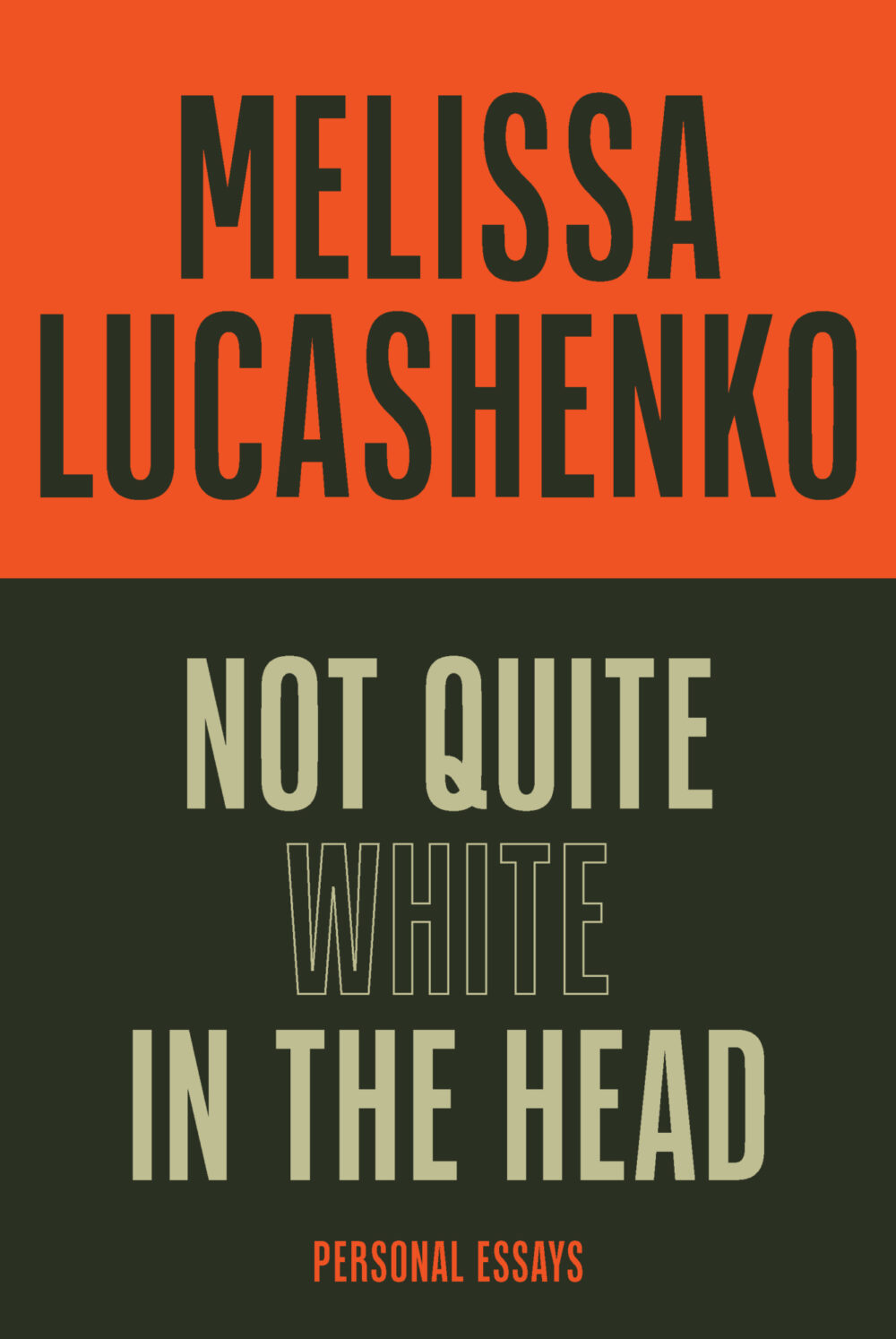

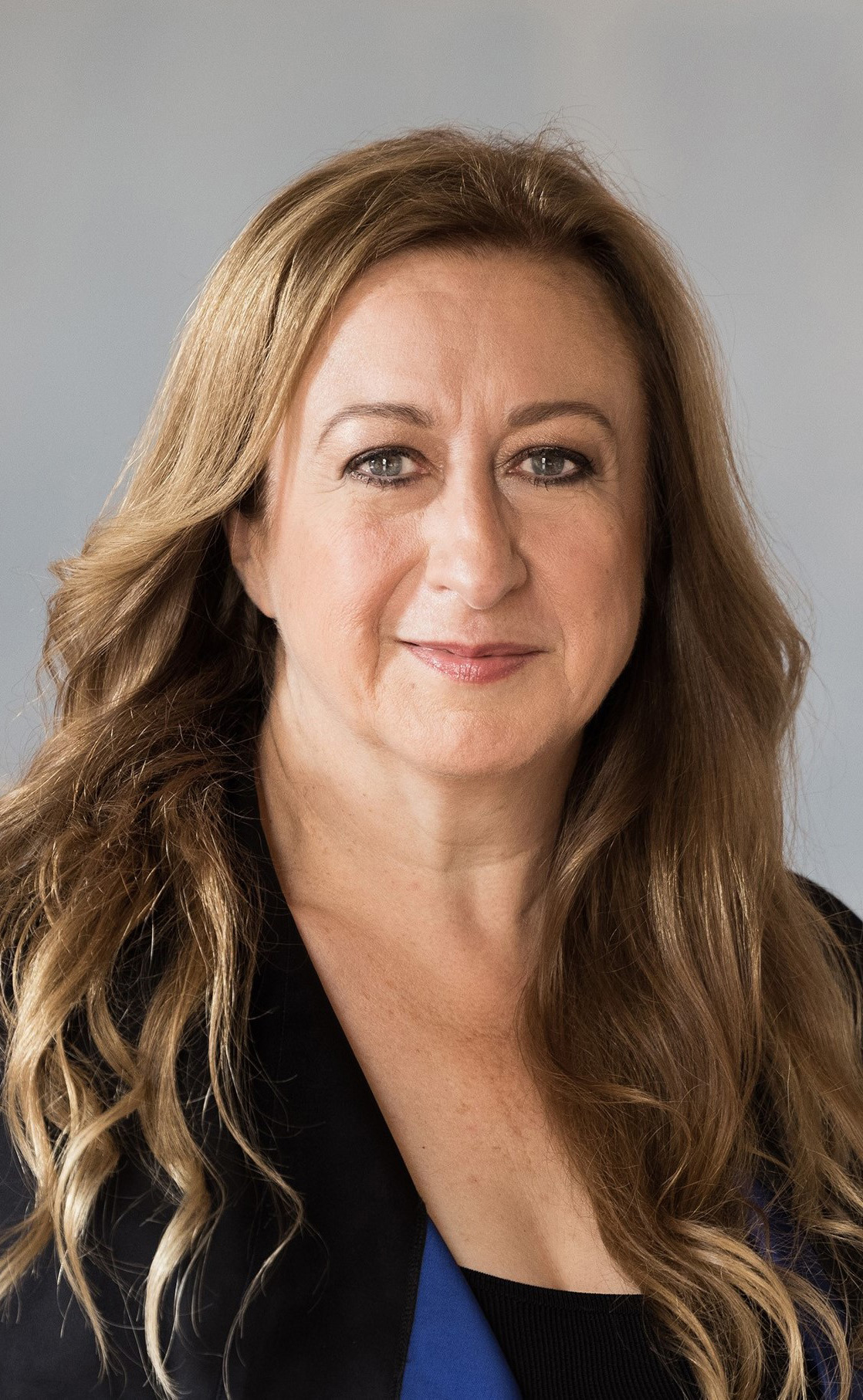
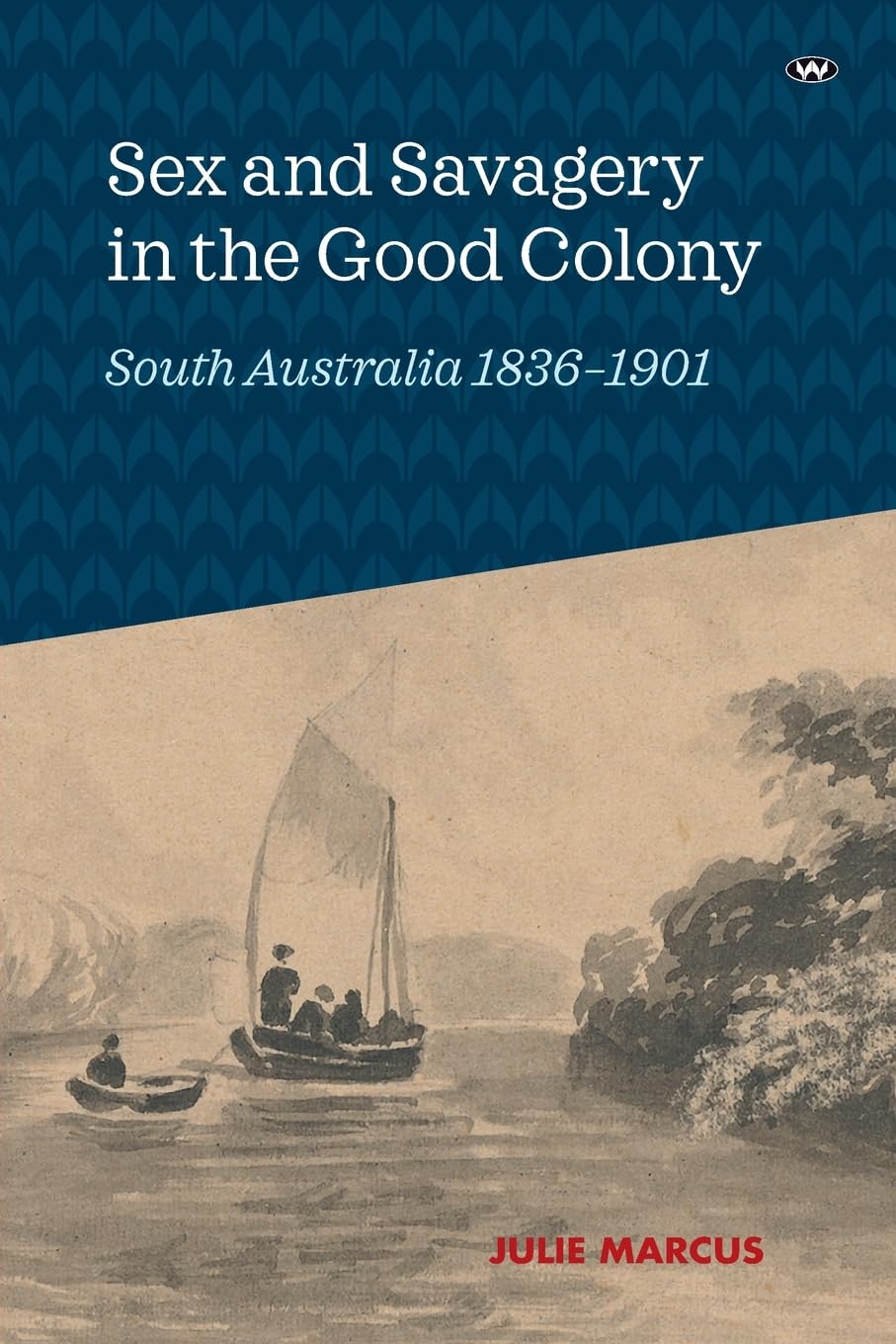
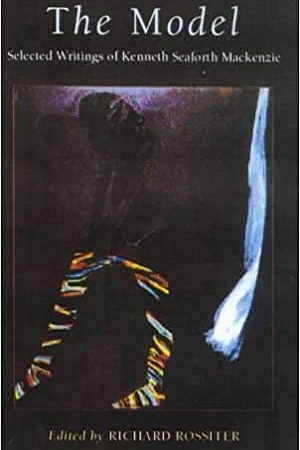
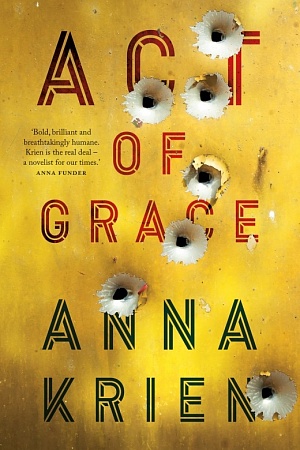

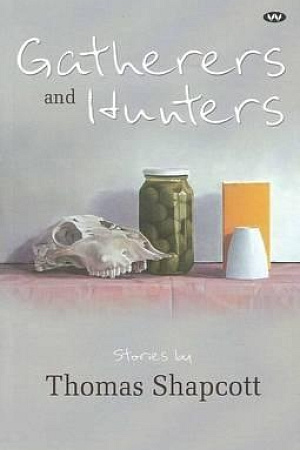
Leave a comment
If you are an ABR subscriber, you will need to sign in to post a comment.
If you have forgotten your sign in details, or if you receive an error message when trying to submit your comment, please email your comment (and the name of the article to which it relates) to ABR Comments. We will review your comment and, subject to approval, we will post it under your name.
Please note that all comments must be approved by ABR and comply with our Terms & Conditions.